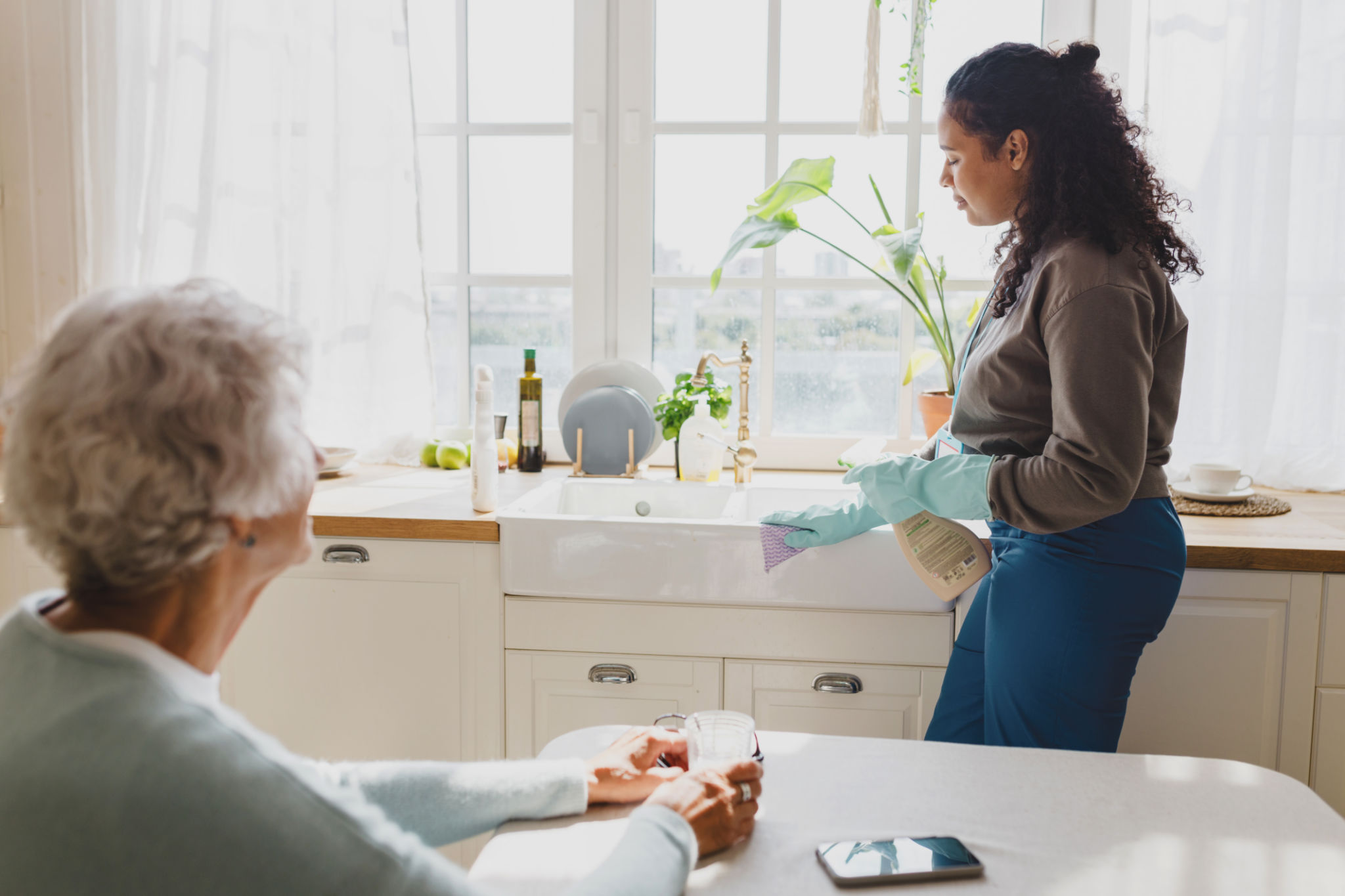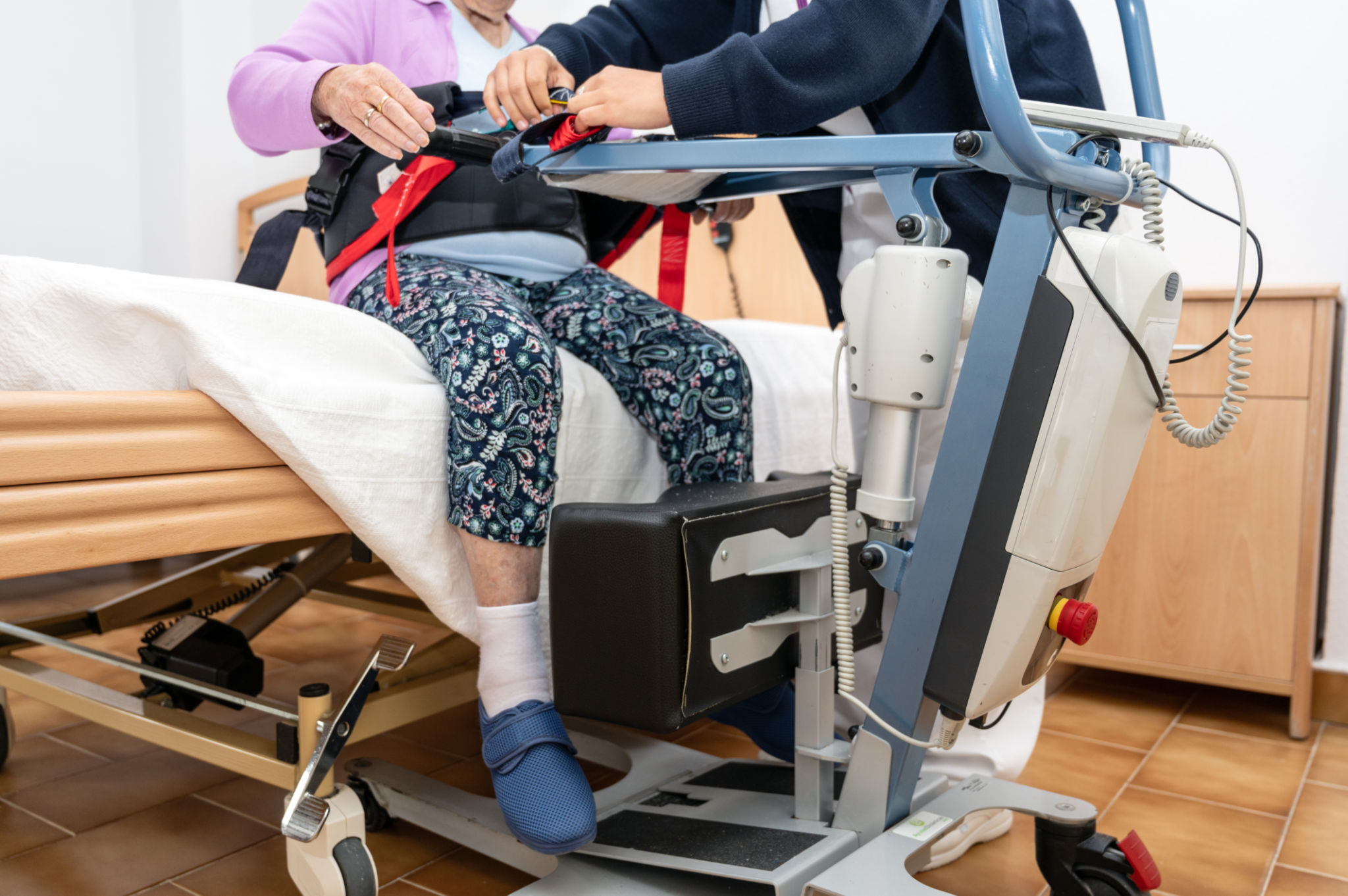Preparing Your Home for Personal Care Assistance in Sydney
Understanding Personal Care Assistance
As the need for personal care assistance grows, many Sydney residents are opting to receive care in the comfort of their own homes. This decision not only promotes independence and comfort but also offers a personalized approach to care. However, preparing your home to accommodate personal care services requires careful planning and some adjustments to ensure safety and accessibility.

Assessing Home Layout and Accessibility
The first step in preparing your home is to assess its layout and accessibility. Identify potential hazards and obstacles that may hinder the movement of the care recipient or the caregiver. Consider the width of doorways, hallway clearances, and the accessibility of essential facilities like the bathroom and kitchen.
Modifying the Living Space
Modifying the living space can greatly enhance comfort and safety. Here are a few modifications to consider:
- Install grab bars in the bathroom and near staircases to prevent falls.
- Ensure adequate lighting throughout the home to enhance visibility.
- Consider rearranging furniture to create more open pathways.

Adapting Daily Routines
Once the physical space is ready, it's important to adapt daily routines to accommodate personal care assistance. This involves creating a schedule that aligns with the caregiver’s visits and ensures that all essential activities are covered. Communication between family members, the caregiver, and the care recipient is crucial for seamless integration into daily life.
Organizing Essential Supplies
Having necessary supplies organized and easily accessible is key. Consider creating a dedicated storage area for medical supplies, mobility aids, and personal care items. This not only makes it easier for caregivers to perform their duties but also ensures that the care recipient has everything they need at their fingertips.

Enhancing Safety Features
Safety is a top priority when preparing a home for personal care assistance. Beyond basic modifications, consider installing advanced safety features such as:
- Alarm systems or alert devices for emergencies.
- Fall detection sensors that alert caregivers or family members.
- Accessible communication devices for easy contact with caregivers.
Creating a Comfortable Environment
Creating a comfortable environment is essential for promoting well-being. Personalizing the living space with familiar items, such as photographs or favorite furnishings, can make the transition smoother and help maintain a sense of identity and belonging for the care recipient.
Maintaining Privacy
While personal care assistance is vital, maintaining privacy is equally important. Designate private areas where the care recipient can enjoy solitude or engage in personal activities without interruptions. Respecting privacy fosters dignity and independence.

Building a Supportive Network
A supportive network of family, friends, and healthcare professionals is instrumental in ensuring successful personal care at home. Regularly assess the needs of both the caregiver and the care recipient, and adjust plans as necessary. Engaging with local support groups can also provide insights and encouragement.
By carefully preparing your home for personal care assistance, you create a safe, comfortable, and supportive environment that enhances quality of life for both the care recipient and their caregivers. With thoughtful planning and attention to detail, personal care at home can be a rewarding experience for everyone involved.
